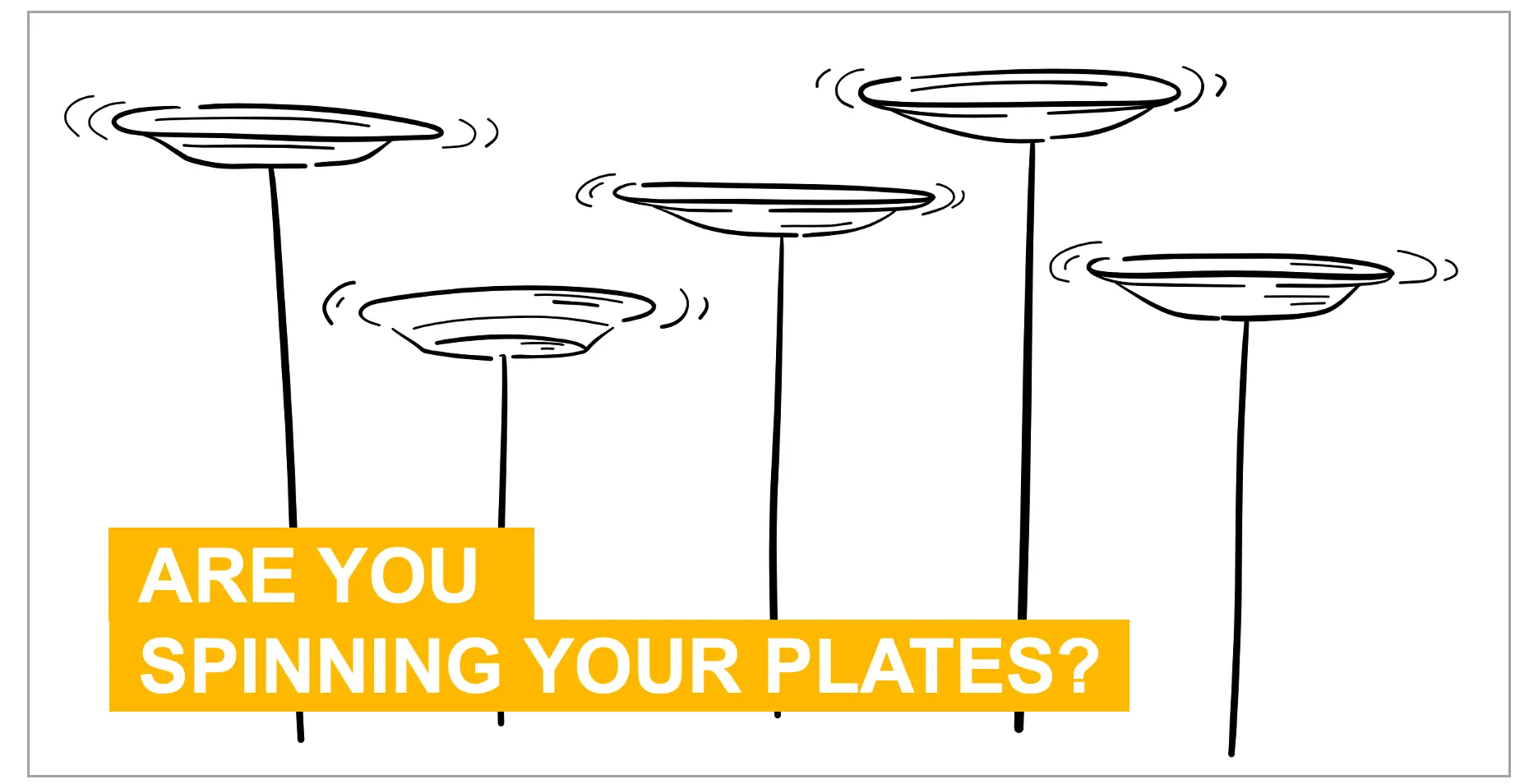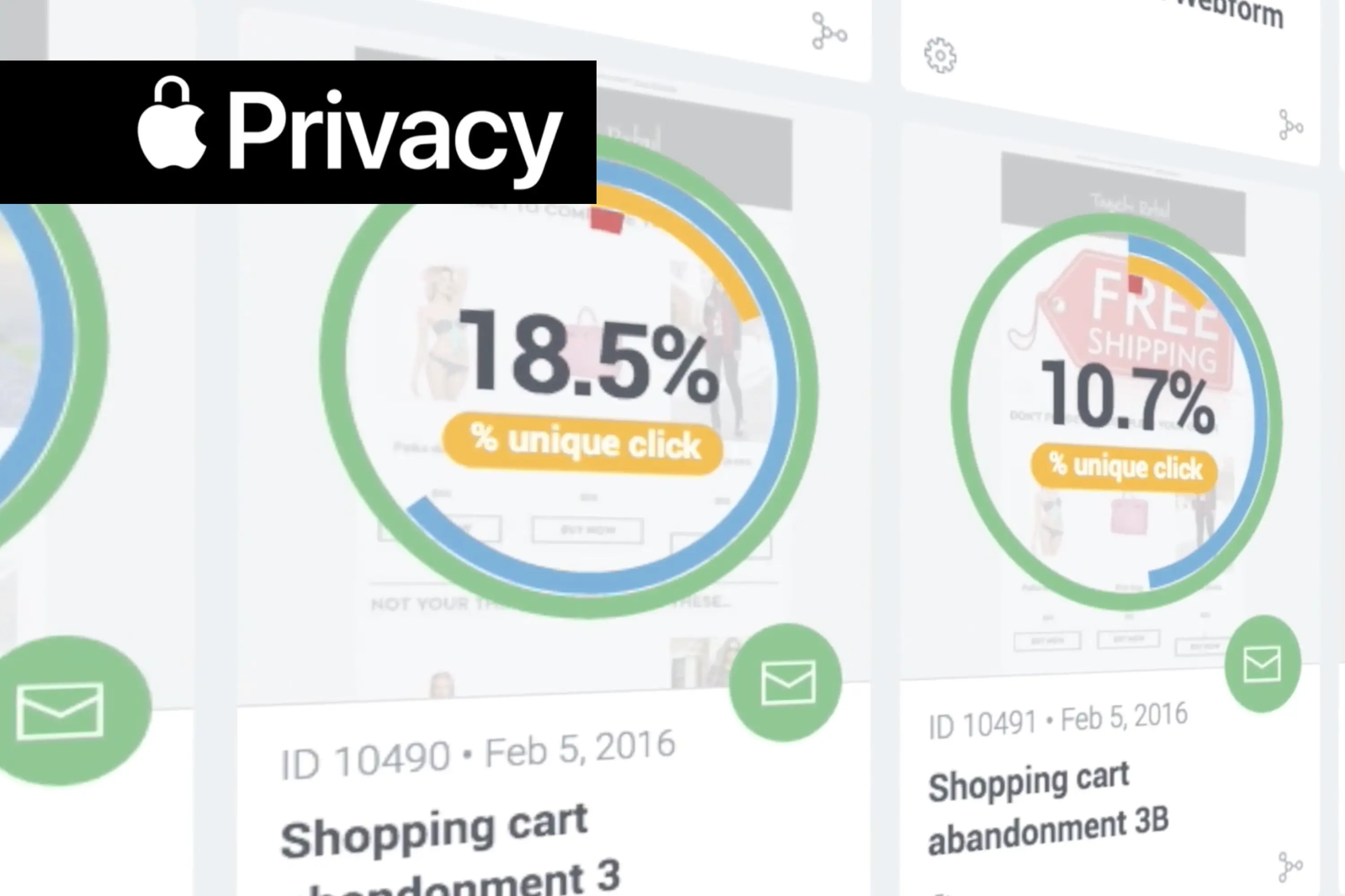Do email marketing industry benchmarks really matter?
How do our email metrics compare to other companies? What’s the industry average open and click rate? Are our email campaigns performing better or worse than our competitors?
Why do marketers ask these questions? And why do they go to industry benchmark reports for the answers?
Perhaps they are looking for validation of their efforts or need to present stats to their Boards and Senior Management. Maybe they are simply curious, trying to measure their success, or looking for safety in numbers.
Whatever the reason, we know that all marketing teams at some point in time want (or need?) a form of comparison or benchmark as another way of measuring the relative performance of their campaigns.
When these types of questions are asked of our professional services and support teams, the response we give is sometimes interpreted as quite non-committal or even vague, leaving the client (perhaps to their frustration) without any direct answer to their question. But there is good reason for this – any direct answer to these questions could be misleading and filled with so many caveats the client could not possibly action the advice.
External benchmarking in this space is more often than not like comparing apples with oranges. Also, once you know an “industry average”, what do you intend on doing with that information?
I question whether industry benchmark reports really tell you anything of value, especially if you can’t draw actions from them that will increase your ROI. What’s more, I don’t see how they are ever used in a constructive way to track your success. The question I would be asking is – ‘How well do you understand your own metrics, their drivers, influences, limitations, opportunities and restrictions they imply?’ Otherwise you are potentially comparing an internal set of numbers you don’t fully understand against an external set of numbers you know even less about.

I was recently sent an industry benchmark report summary on opens, clicks and unsubscribe rates for a range of different industries. Whilst this was of some interest and gave a top-level view of things, in the absence of knowing the more granular detail behind the numbers, I found the report to be relatively useless in terms of actionable insights. Here’s why (in no particular order and not exhaustive):
How do they actually categorise these industries? For instance, there was a category called ‘Travel and Transportation’. This is such a broad category and when broken down, surely their respective results are not comparable. Two of our clients, Webjet and Big4 Holiday Parks would theoretically fit into this industry category however they are completely different businesses with different marketing strategies and ROI outcomes.
How big are the businesses? While it’s common for reports to distinguish between SME vs Enterprise, there can still be significant discrepancy within each especially when it comes to resourcing. For example, if I run an independent supermarket group, is there really any point benchmarking my results to Coles or Tesco's who have an army of marketers, analysts and suppliers focussing on their CRM programs.
What were the database growth and health strategies of the companies measured? I guarantee they weren’t all the same. Did they frequently add new subscribers to replace ageing email addresses? What was their list hygiene like? Did they remove inactive, invalid or disengaged subscribers regularly? Database management, list hygiene and and list residence (the length of time subscribers have been in your database) have a significant impact on open and click rates.
What was the call to action? Some emails are not designed for users to click through to anything, so the success of that email is not linked to a CTR. For example, the objective of the email may be to provide a printable voucher or bar code for in-store redemption. It’s the redemption number that is the important metric because that is the measure of the ROI not the number of clicks or opens.
Are the emails all marketing related? Or are there some mandatory or operational communications that should also be taken into account. For example, is an order confirmation counted in these types of reports? If so, depending on the proportion, it could skew the results, as they are often the highest engaged emails.
What’s the audience size and contact strategy? Simply put, assume I send to more people more frequently, and the result correlates with a decline in the average open and click rates. Does that mean the campaign is performing poorly? Should I send less instead? Not necessarily. The campaign might actually have increased overall sales or other conversions and overall customer lifetime value. Similarly, only emailing your most active subscribers, will improve these email engagement rates but that isn’t necessarily conducive to improving total conversions. Likewise, broadening the number of recipients may reduce your engagement rate but result in increased overall sales and ROI.
Did higher opens or clicks equate better ROI? We have seen more examples than I can count where products and services promoted in emails received the least number of clicks of all the promotions included and yet generated the best conversion performance, be it sales, leads, enquiries or entries. One example of many is related to the sale of technology products along with consumables such as printer ink and photocopy toner. The high value technology products such as laptop computers consistently generated the highest click rates, circa 70%+ of all clicks within an eDM. Consumables such as printer ink and photocopy toner generated the lowest click rates of any product category in the email. So low in-fact that that the marketing team considered removing them from the email altogether, saying “What’s the point? No-one’s interested!”. When conversion results were included into the post campaign analysis however, it showed that consumables were the biggest selling items directly attributable to the emails. It turns out email marketing is a great reminder to replace small ticket, low consideration, bulk purchase items.

Likewise, we see examples where A/B tested subject lines have shown emails with lower open rates can result in greater ROI. The post campaign conclusion was that the more reflective the subject line was of the actual email content, the better the conversion, despite the open rate being significantly lower than the other emails in the test. Therefore, building conversion metrics into your A/B or multivariate testing algorithm is worth considering if your system has that capability.
In the example above, greater ROI was not easily identifiable from reviewing standard click and open rate metrics. Understanding the impact on ROI is what opens the door to a range of actionable future communication options and tactics.
Reviewing the interrelationship between your own metrics will provide you with actionable insights. Tracking ROI is therefore an essential part of the mix. Importantly this knowledge is valuable IP your industry competitors don’t have access to.
Therefore when it comes to generic industry reports, even with more granular analysis, I’d question how useful they would be to your organisation other than for curiosity purposes. This is why we recommend you reference these reports with caution, and why we never recommend paying for them. Would it not be better to invest that money or time sending another email sales promotion, automating repetitive tasks or expanding your acquisition strategy?
Make the effort to thoroughly understand your own performance trends and what levers you have to influence these to improve ROI before being too distracted by how others “perform”. Just because the industry says that opens and clicks are the measurements to look at, they may not be relevant to your business or your campaign.
Review yourself against past performances and put measures in place for continual improvement. Focus on your businesses key metrics – align the outcomes of an email campaign with your company’s KPI’s, not the other way around. Taguchi can help you identify the metrics that matter – contact us today.








